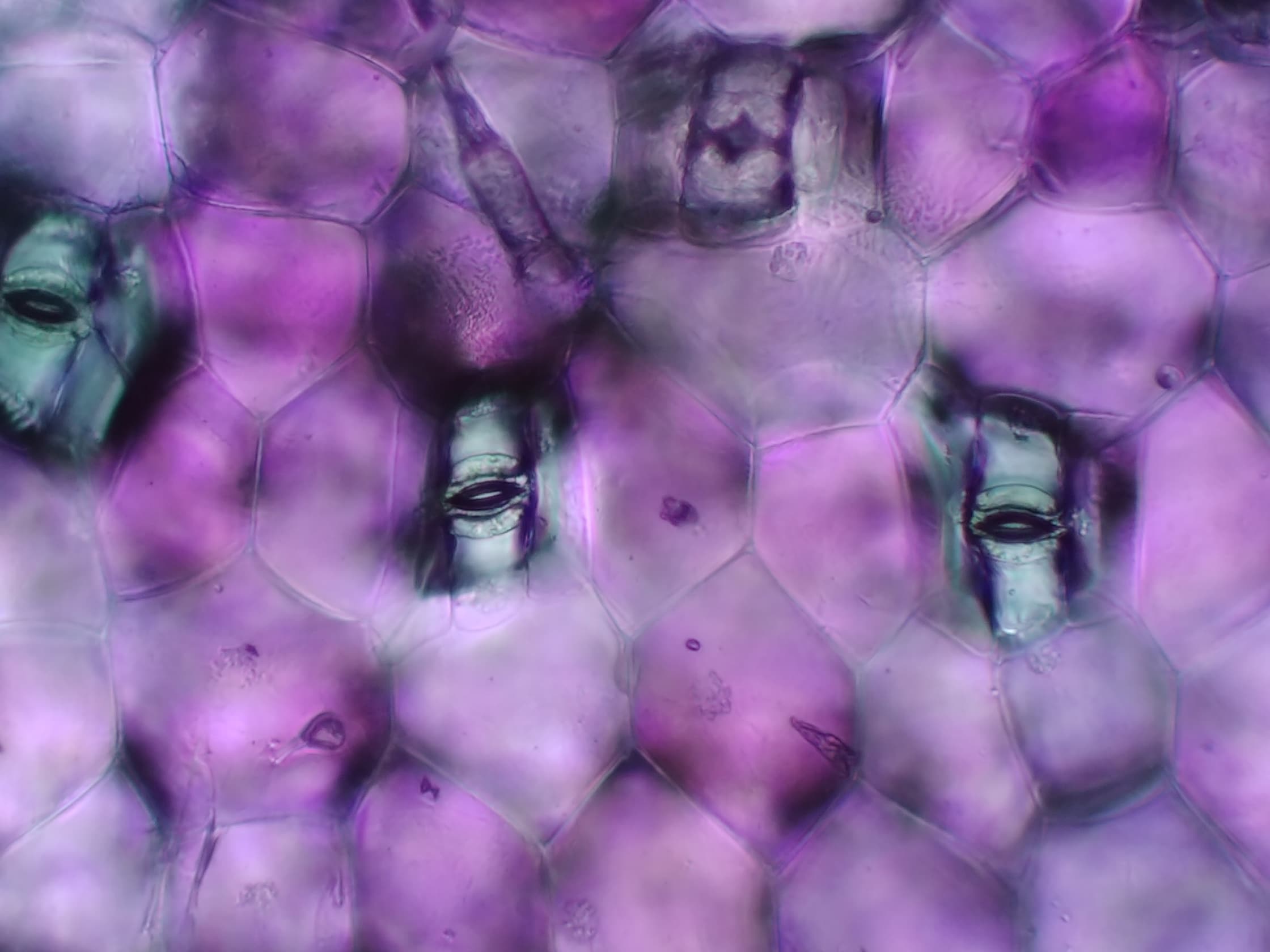From 17 September, the work ‘Operational Bodies: The Tomato Tasted Like Automation of Care' by Špela Petrič can be seen on the outside of the Waag building. The work shows the images created by the Plantalyzer robot used in state-of-the-art tomato greenhouses. The image is printed on a long canvas draped over the scaffolding that currently surrounds the building.
How a robot looks at tomatoes
Every evening, the Plantalyzer robot slowly rolls along the heating pipes between rows of tomato plants in the greenhouse. During its 6 hour ride, it snaps images every 10 centimeters with its 6 cameras. After their capture, it uses AI to analyse the visual images for data, identifying the number of tomatoes and their colour. The grower receives a report containing the current harvestable yield, classified into 12 categories of ripeness.
The images on display here were captured between 2 and 20 May 2022 along 60 meters of one tomato row in a state-of-the-art greenhouse. Normally only ever glimpsed by machines, now for everyone to see at the exterior of Waag Futurelab.
A peek inside the black box
Petrič believes it is important for technological processes to be made public. This work fits in with Waag Futurelab's mission to open the black box of technology, and to put processes that control our lives back within reach and make them manufacturable for everyone. Here, the decision on whether tomatoes are ready for us to eat, is left solely to a machine. How would you automate the production of food you depend on?
About Špela Petrič
Špela Petrič (b. 1980), BSc, MA, is a Slovenian artist with a background in natural science. Her work combines new media, biological media and performance. She has won several awards for her work, including the White Aphroid for outstanding artistic achievement (Slovenia), the Bio Art and Design Award (Netherlands), and an Award of Distinction at Prix Ars Electronica (Austria). This work is part of her residency within the Digital Deal project at Waag Futurelab, in which Waag works with artists to explore the role of artificial intelligence in relation to working conditions in (greenhouse) horticulture.
This artwork was developed in collaboration with HortiKey and Waag Futurelab.


